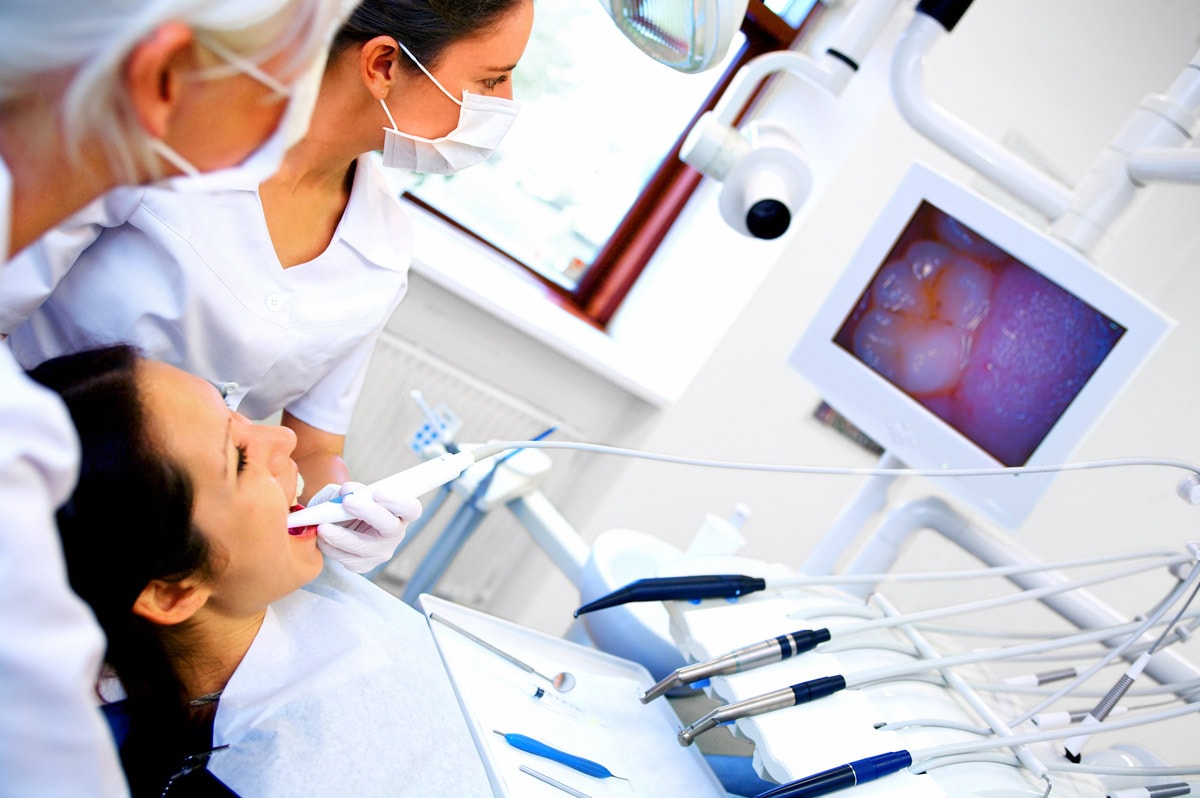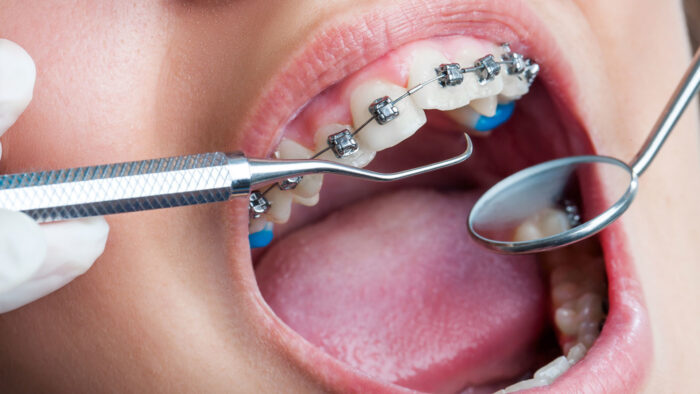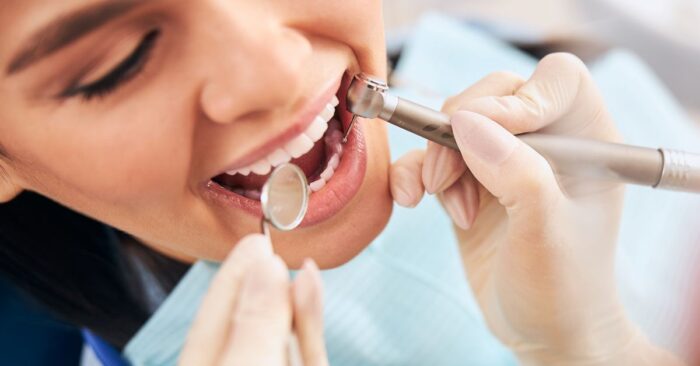
An orthodontist is a specialized dental professional who focuses on correcting the alignment of the teeth and jaws. Orthodontists are trained to diagnose, prevent, and treat any misalignment of the teeth or mouth. This includes misalignments that can affect speech, facial appearance, chewing ability, and overall oral health.
Orthodontists in Sydney use a variety of treatments to correct these dental problems. These include using braces or other mechanical devices to move the teeth into their proper position over time. In addition, an orthodontist may recommend other methods such as aligning the jaw to improve bite function or surgically repositioning the jawbone to provide better space for teeth movement.
For someone to become an orthodontist they must complete at least two years of additional education beyond dental school that focuses on treating tooth irregularities and related issues. After completing this extra training they must then pass national board examinations before being certified by their state’s board of dentistry as an Orthodontic Specialist to legally practice in their state.
Qualifications and Education Requirements for Orthodontists

Orthodontists are highly trained dental specialists who diagnose and treat malocclusions, or misalignments of the teeth and jaws. To become an orthodontist, one must first complete a rigorous educational process that includes earning a bachelor’s degree, attending dental school, and completing additional specialized orthodontic training.
A bachelor’s degree is typically the first step in becoming an orthodontist. Individuals can pursue any number of undergraduate degrees, though most aspiring professionals choose to major in a related field such as biology or chemistry. A strong foundation in science is important for those wishing to pursue this career path since it will be essential for doing well on the Dental Admission Test (DAT). The DAT is required for admission into most accredited dental schools.
Once accepted into a dental school program, individuals must then complete four years of study before graduating with either a Doctor of Dental Surgery (DDS) or a Doctor of Dental Medicine (DDM) degree. During their studies, students will learn about anatomy and physiology; pharmacology; pathology; radiology; medical ethics; periodontology; oral surgery; and prosthodontics along with other relevant topics about dentistry as a whole.
Role and Responsibilities of an Orthodontist
An orthodontist is a dental professional who specializes in correcting misaligned teeth and jaws. Orthodontists are responsible for diagnosing, preventing, and treating any oral health issues that may arise due to improper alignment. They can help create beautiful smiles for their patients by using a variety of treatments such as braces, retainers, or other appliances.
The primary role of an orthodontist is to diagnose and treat malocclusions (improper bites) and other jaw irregularities. An initial consultation typically includes taking x-rays and impressions to gain a better understanding of the patient’s mouth structure. Once the diagnosis has been made, the orthodontist will develop a treatment plan based on the patient’s needs and goals. This treatment plan may include braces, retainers, headgear, or other appliances that help move teeth into proper alignment over time.
Another part of an orthodontist’s job is helping patients understand their oral health condition through education about proper brushing techniques and healthy food choices that can contribute to better oral hygiene habits over time. They also provide regular check-ups during which they monitor progress on treatment plans as well as discuss any necessary adjustments with patients or family members if needed.
Common Treatments Provided by an Orthodontist

Orthodontists are specialized dentists who specialize in the diagnosis, prevention, and treatment of dental and facial irregularities. They focus on the alignment of teeth and jaws to improve a person’s overall oral health. Orthodontic treatments can range from simple to complex depending on the severity of misalignment.
The most common orthodontic treatments involve braces or aligners. Braces are fixed devices made up of wires and brackets that are attached to the teeth to slowly move them into proper alignment over time. Aligners work similarly but instead involve a series of clear plastic trays that fit snugly against your teeth, gradually moving them into place without any metal components being used.
Other common orthodontic treatments include dental appliances such as headgear and palate expanders, which are typically used to correct issues with bite misalignment or jaw size discrepancies. In some cases, an orthodontist might also recommend using elastics or rubber bands to help move your teeth more effectively into their proper positions; these rubber bands can be worn during eating or sleeping so they’re not visible while you’re out in public.
Benefits of Seeking Treatment from an Orthodontist
Are you looking for ways to straighten your teeth and improve your smile? An orthodontist can help you achieve the perfect smile that you’ve always wanted. Orthodontists specialize in diagnosing, preventing, and treating misalignment of the teeth and jaws. Here are just some of the many benefits of seeking treatment from an orthodontist.
Improved Oral Health
Orthodontic treatment can help reduce the risk of tooth decay and gum disease by correcting bite issues that make it difficult to clean teeth properly. This can lead to improved oral health overall, as well as a more attractive smile.
Enhanced Self-Confidence
Orthodontic treatment can do wonders for your self-esteem by giving you a beautiful, healthy smile that you’re proud to show off! A straighter set of teeth also makes it easier to speak clearly, which boosts confidence even further.
Long Lasting Results
Once braces or other appliances have been removed after orthodontic treatment is complete, it’s important to wear retainers as instructed to maintain results over time. Doing so will ensure that your new look stays with you for years into the future!

Aftercare Instructions Following Treatment by an Orthodontist
Orthodontic treatment is an important part of maintaining healthy teeth and gums. Aftercare instructions following orthodontic treatment are essential for keeping your teeth in the best condition possible. Following orthodontic treatment, it’s important to understand the aftercare instructions provided by your orthodontist so that you can ensure that your newly straightened smile stays healthy and beautiful for years to come.
The first step after an orthodontic appointment is to follow any post-treatment instructions given by your orthodontist. These may include things like refraining from eating hard or chewy foods, avoiding sugary snacks and drinks, or wearing a retainer as directed.
It’s also important to brush and floss regularly to remove plaque buildup that can accumulate around braces or other devices used during treatment.
Depending on the type of braces you have, other care directions may be given such as wearing rubber bands or special cleaning solutions for Invisalign aligners.








